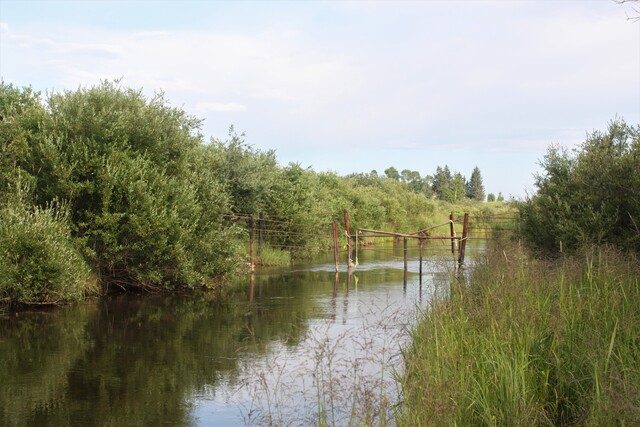One of the great pleasures of fly-fishing is watching your cast roll out in a gentle flowing loop before settling imperceptibly on the tranquil surface of a trout stream. Sublime magic! But for every metre or more of line that reaches beyond the rod tip, there’s an equal and similar amount that extends behind you on the back cast.
No real problem is you are fishing on a mountain freestone where the sping freshets and mid-summer blowouts have cut wide, rocky flood plains over time mostly devoid from fly-eating vegetation. But not necessarily the case on central Alberta brown trout spring creeks or Northern Boreal Arctic grayling rivers where stream-bank willows or towering white spruces have developed voracious appetites when it comes to errantly-cast trout flies.

Fly-eating bank willows on Alberta's famous North Raven River spring creek.
One way to cut down on snags and hang-ups is to focus as much on the path of your back cast as on the forward path of your fly line.
Look for the lanes between the willows and position yourself to take advantage of the openings in the foliage.
This often will require you to cast over your opposite shoulder to hit the slot. Or where no gap presents itself perfect speciality casts like roll casts, arrow casts or one-handed speys in tight spots to avoid snags.
Wading in the river and casting upstream is also a way of allowing you to lengthen your backcast and avoid as much as possible having to cover a lie with a cast perpendicular to the run of the river. Because the less time spend retying tippets and climbing trees and the more time fishing is always a good time on a river.

